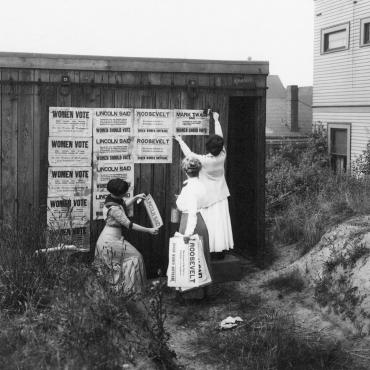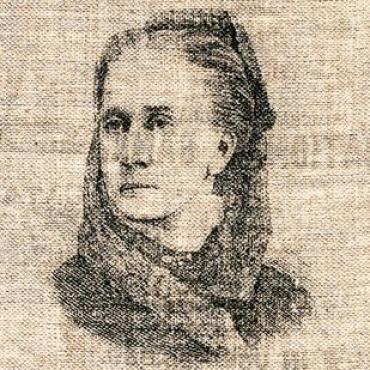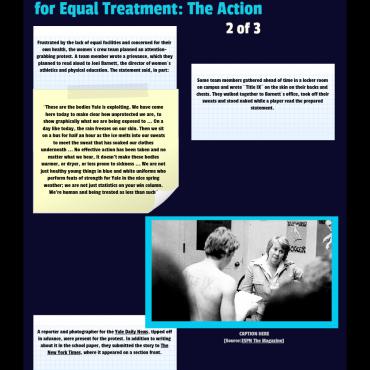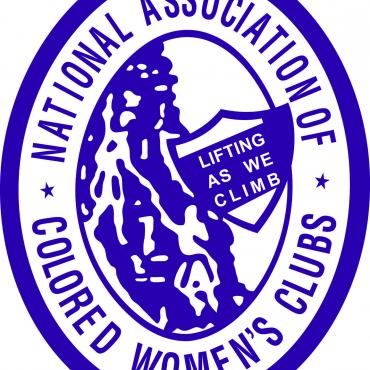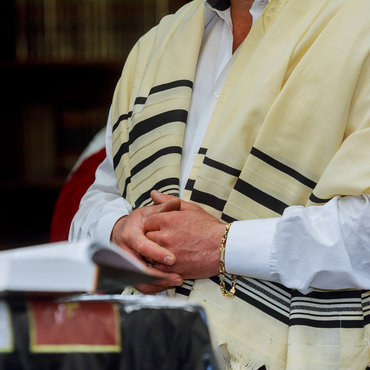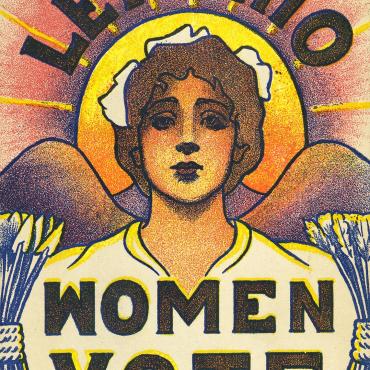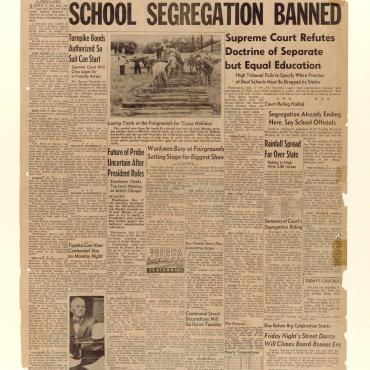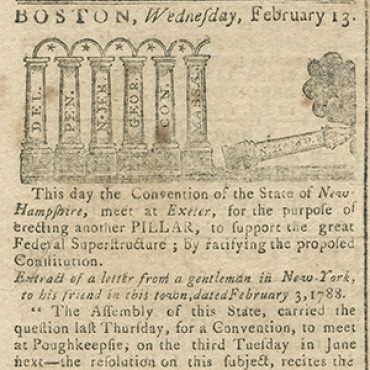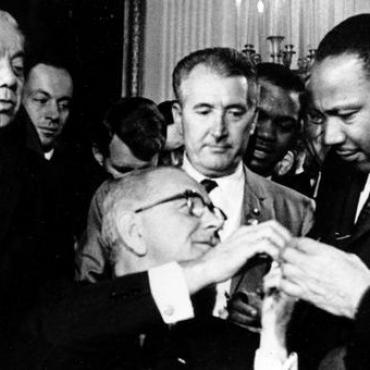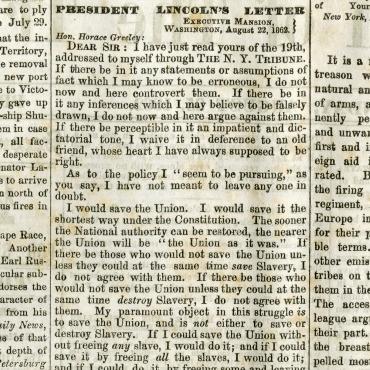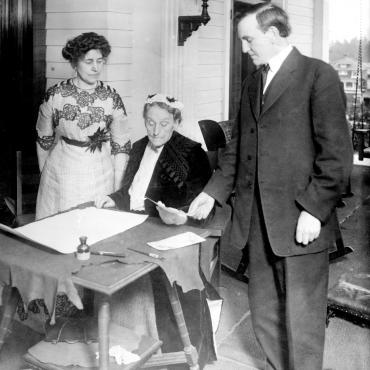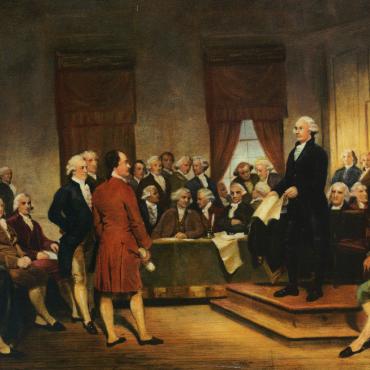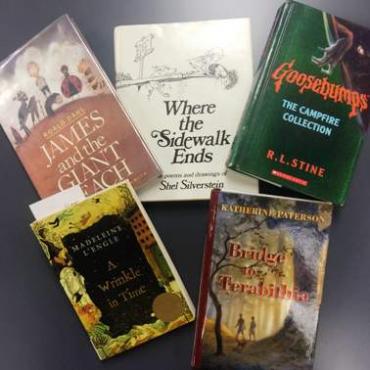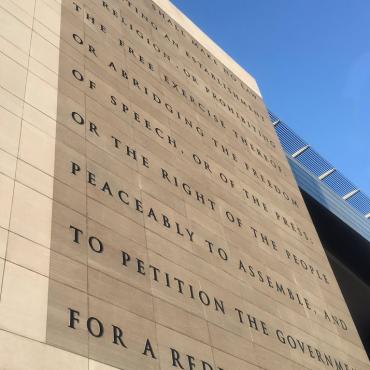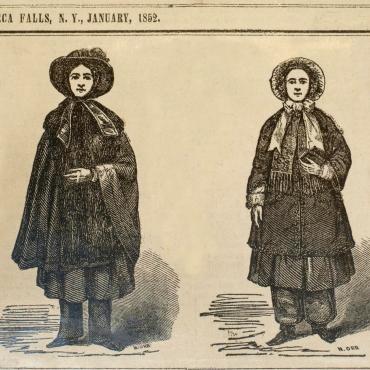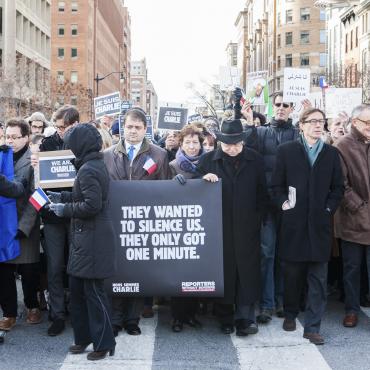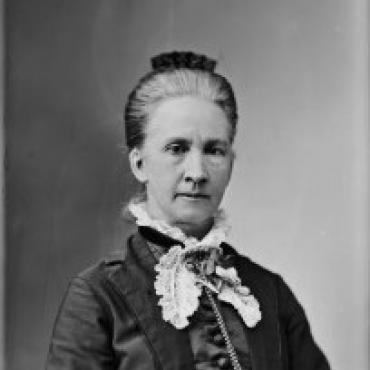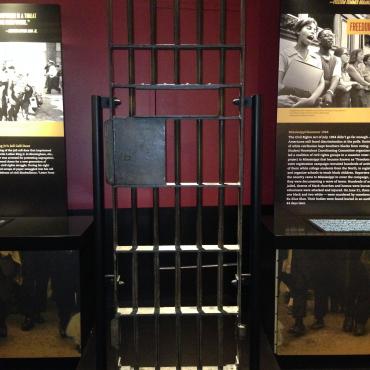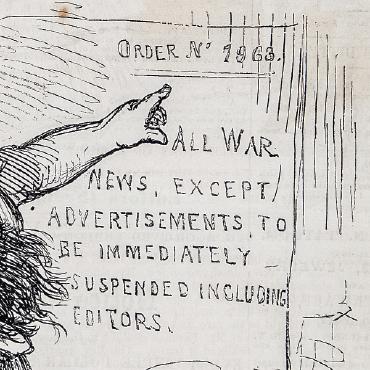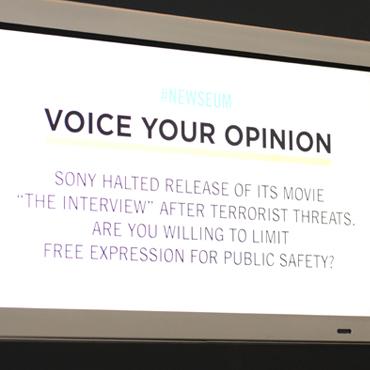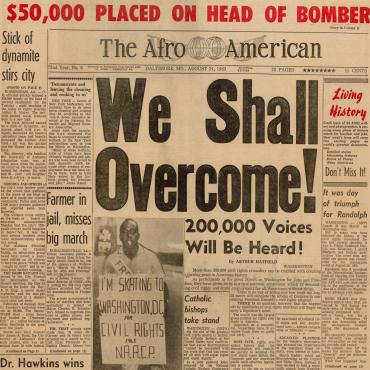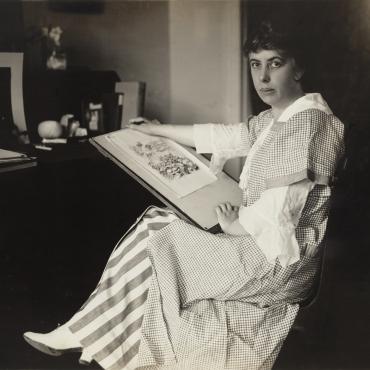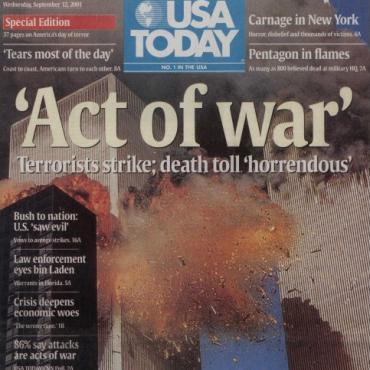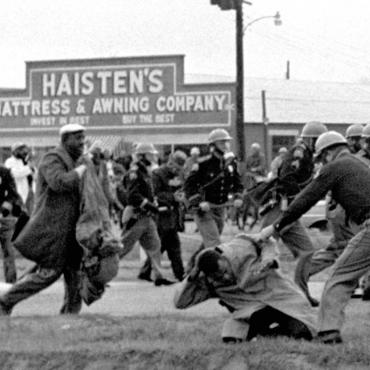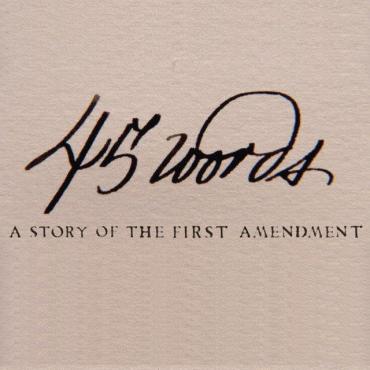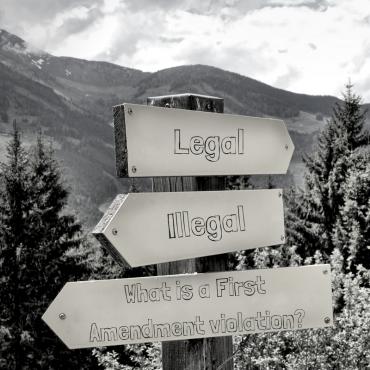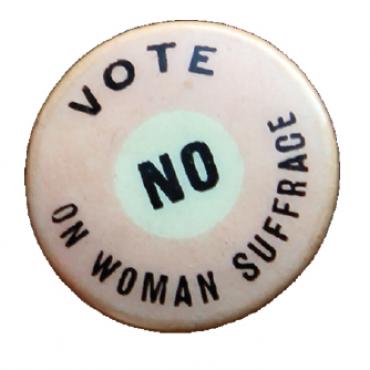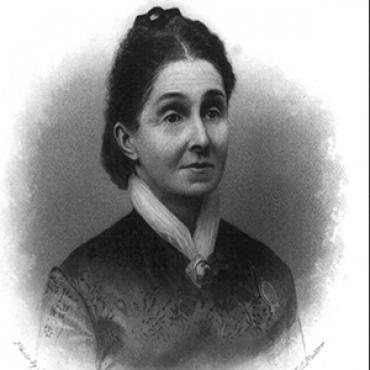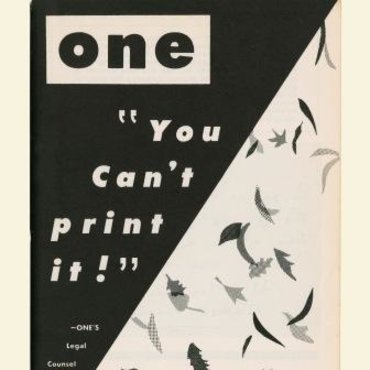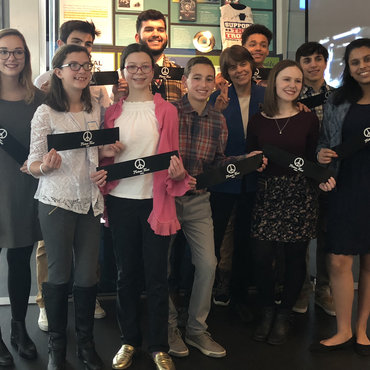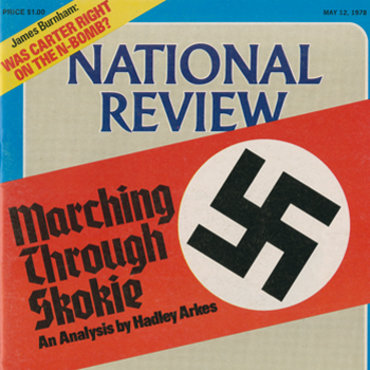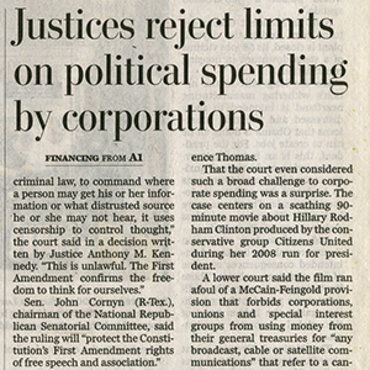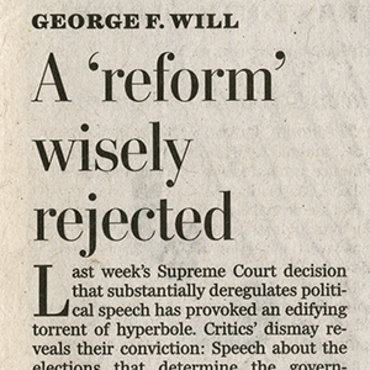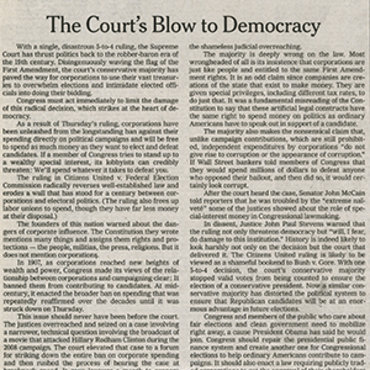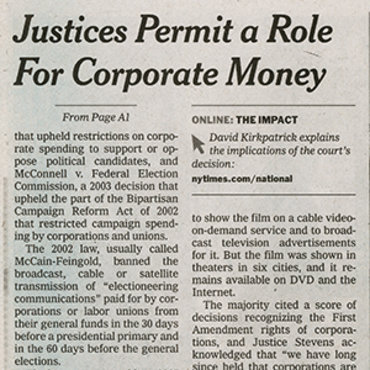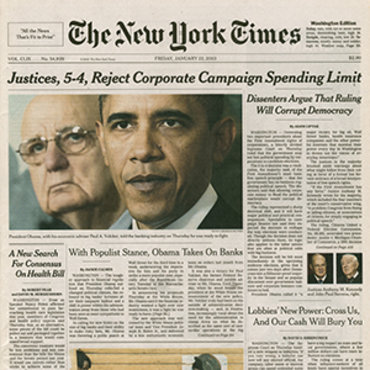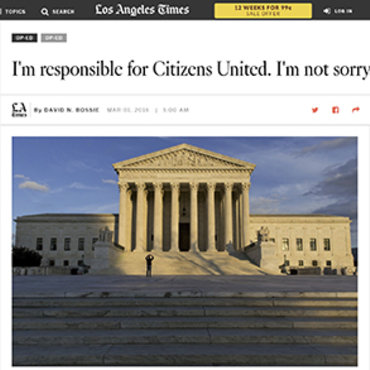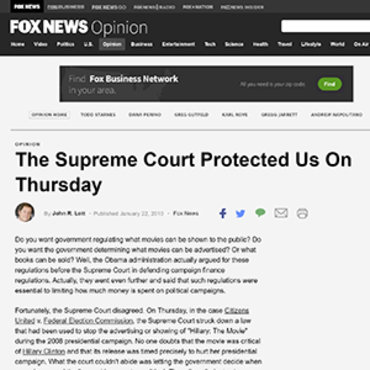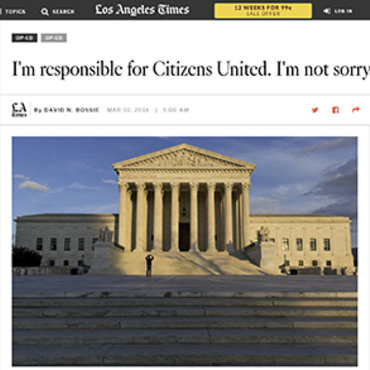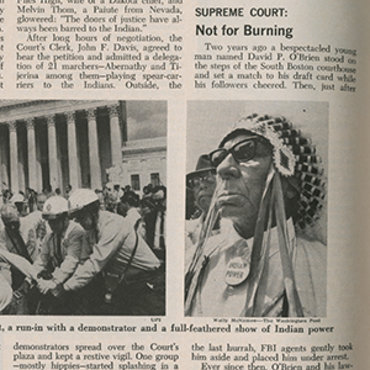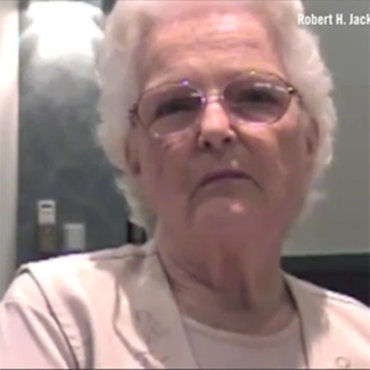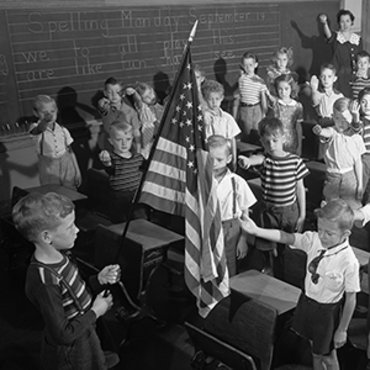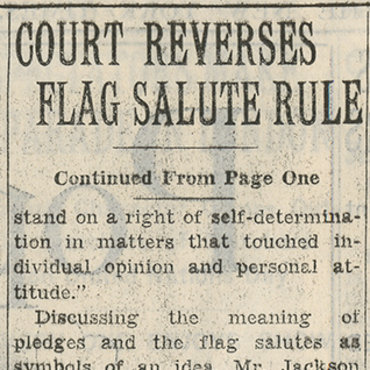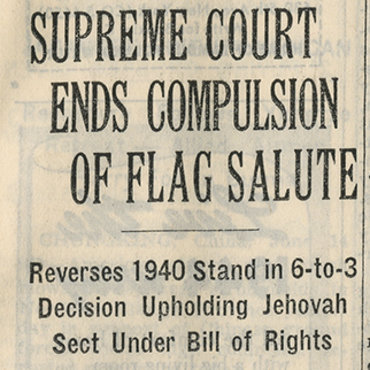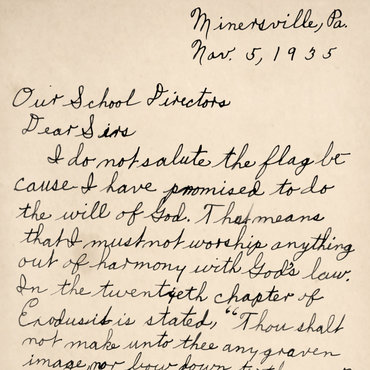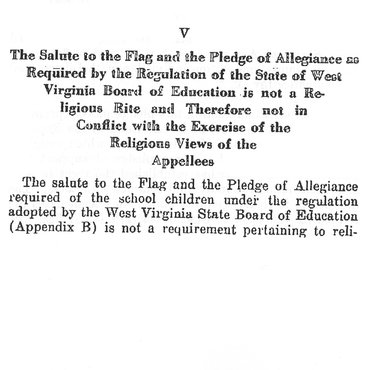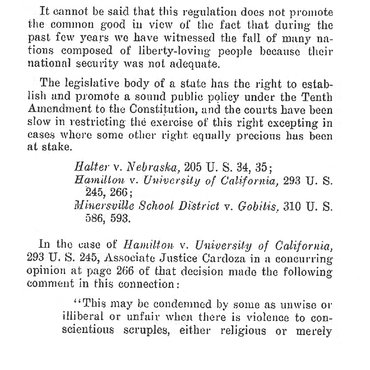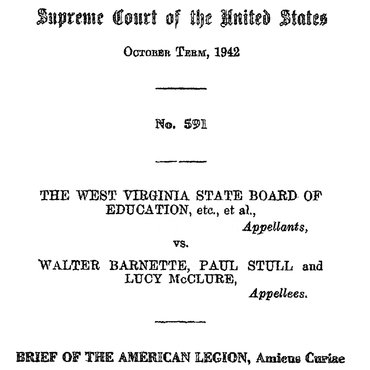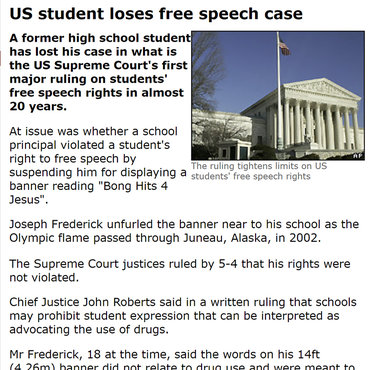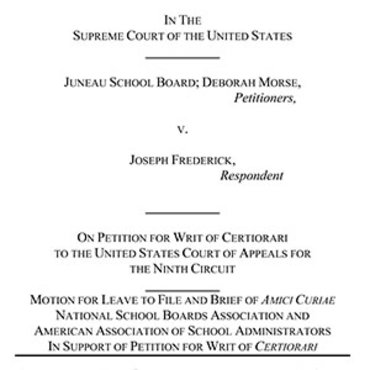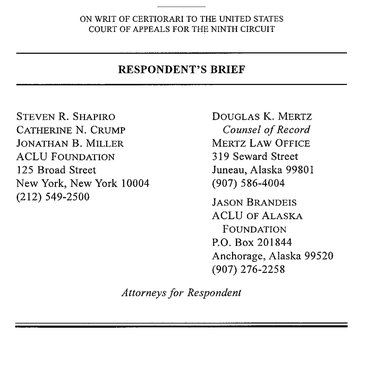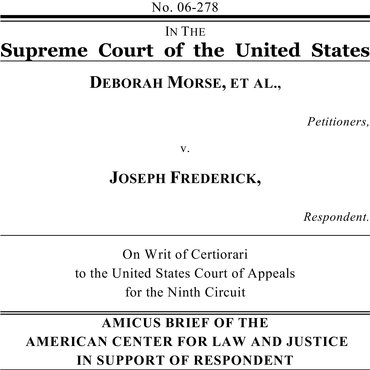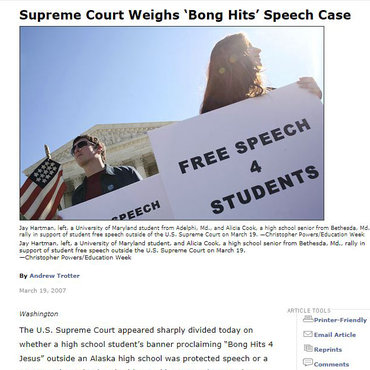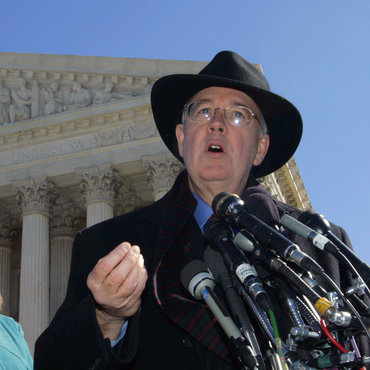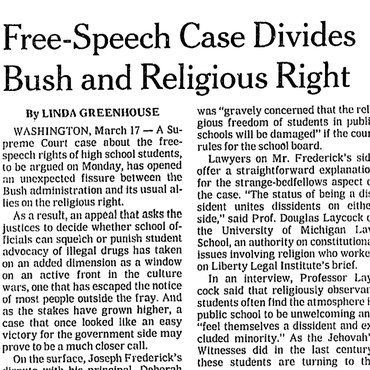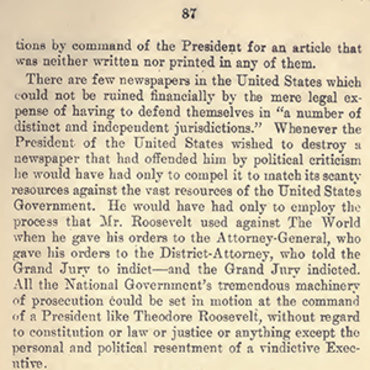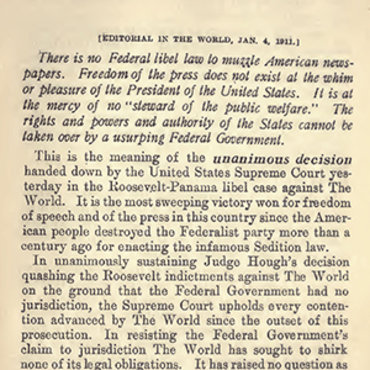The 14th Amendment: Privileges, Immunities & Myra Bradwell
Students analyze complex legal arguments as they watch modern-day lawyers in a video argue a historic case.
Get even more great free content!
This content contains copyrighted material that requires a free NewseumED account.
Registration is fast, easy, and comes with 100% free access to our vast collection of videos, artifacts, interactive content, and more.
NewseumED is provided as a free educational resource and contains copyrighted material. Registration is required for full access. Signing up is simple and free.
With a free NewseumED account, you can:
- Watch timely and informative videos
- Access expertly crafted lesson plans
- Download an array of classroom resources
- and much more!
- Constitution
- Supreme Court
- Women's Rights
- 6-12
In this video, watch two modern-day lawyers re-enact arguments about the "privileges and immunities" clause of the 14th Amendment in the 1873 Supreme Court case Bradwell v. Illinois.
Myra Bradwell sued the state of Illinois, arguing that the newly passed 14th Amendment should allow her admission to the state bar (a mandatory association for those wishing to be lawyers in the state) and protect her right to practice law. The privileges and immunities clause prevents states from discriminating against residents of other states. Bradwell, who was born in Vermont, argued that the 14th Amendment should therefore prevent Illinois from excluding her from its bar and denying her right to practice law.
In partnership with the law firm O’Melveny & Myers and the non-profit The Green Bag, Newseum Education hosted a moot court (or re-enactment) of Bradwell v. Illinois (1873). The moot court was planned in honor the life of Belva Lockwood, the first woman admitted to the Supreme Court Bar and thus allowed to argue before the court. The program, featuring Justice Ruth Bader Ginsburg, was held Oct. 18, 2016, at the Newseum.
- Before viewing the video, read the full text of the 14th Amendment in The New York Times from 1866 and the details of the Supreme Court case here.
- Pass out copies of the 14th Amendment worksheet. Have students watch the video about Bradwell v. Illinois on this page.
- Using the worksheet, students should keep track of arguments about the 14th Amendment and women's rights as they watch the video.
- Discuss the arguments presented in the video. Use the 14th Amendment Video Transcript (download) to review the language. Key arguments appear in bold text.
- After discussion, have students answer the final question on the worksheet, deciding whether or not they would rule in favor of Bradwell based on the arguments they have heard.
- Dig deeper: Explore early interpretations of the 14th Amendment. In the video, one of the judges suggests that since the court is pretending it is 1873, it should be possible to "just ask around" for interpretations of the newly passed 14th Amendment. Read one contemporary interpretation of the 14th Amendment in the Louisville Daily Courier. How does this historic interpretation compare to the arguments seen in the video?
- 14th Amendment Worksheet (download), one per student
- Internet access to watch video
After students have watched the video, discuss their findings as a group. Prompts include:
- What is the main argument for why Myra Bradwell should be allowed to practice law in Illinois? What it the main argument for why she shouldn't?
- If you could ask these lawyers one question in regards to the case, what would you ask? Why?
- Myra Bradwell lost her case with the justices voting 8-1. How do you think this loss impacted the movement for women's rights?

